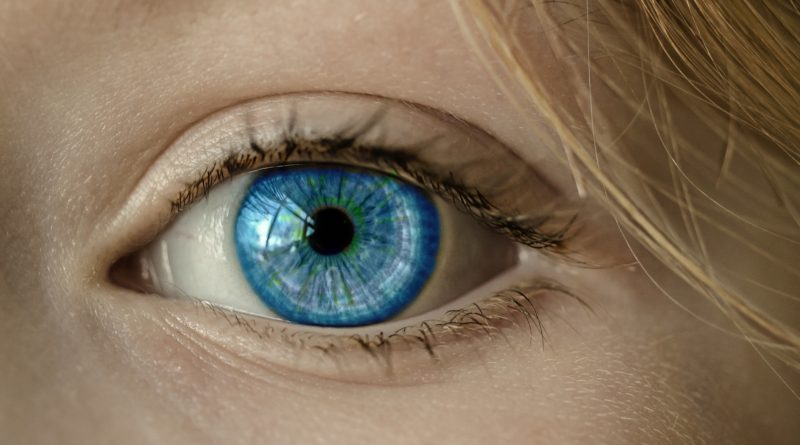These Contact Lenses Work Even When You Don’t Wear Them!
Contact lenses are an invaluable invention for those who need corrected vision, but who don’t want to wear glasses. Contact lenses also tend to provide better vision in the peripherals, and you don’t have to worry about your contact lenses fogging up like spectacles can. It’s also easier to throw on a pair of shades with contact lenses without worrying about getting prescription sunglasses. Of course contact lenses aren’t without their own drawbacks.
Forgetting to take out lenses that aren’t long-term or overnight lenses, as well as other types of misuse, could lead to some pretty serious side effects. And then there are the practical limitations that arise when you consider the use of contacts in situations like sports, rigorous activity, or swimming. For people who regularly engage in these activities, corrective eye surgery might be a good option, but what about the people who are too young for surgery, who can’t afford it, or who just don’t want to undergo surgery? If only there were something that combined the vision correction of contacts with the freedom of not wearing them. Well now there is.
Available now to consumers is a type of contact lens that works even when you aren’t wearing them. They’re a harder type of lens that physically reshapes the eye to correct the corneal focusing problems of myopia, hyperopia, and astigmatism. You simply leave them in for a period of time long enough for them to take effect, overnight for example, and then you can take them out and experience the freedom that comes with not having to wear contact lenses.
The science is called Orthokeratology, and it’s growing in popularity for all of the aforementioned reasons. The phenomenon of contact lenses temporarily reshaping the eye was actually discovered as early as the 1940’s, although practical application wasn’t possible until corneal topography came along with the assistance of computers in the 1990’s. Of course this type of corrective therapy isn’t without its own set of limitations. They can only safely correct refractive issues that aren’t too extreme, and these different and harder lenses are still being studied in use for possible irritations and negative reactions that might occur. Still they are a promising solution for those who want to slow the progress of myopia, or simply enjoy the benefits of contacts without having to wear them around during the day.
